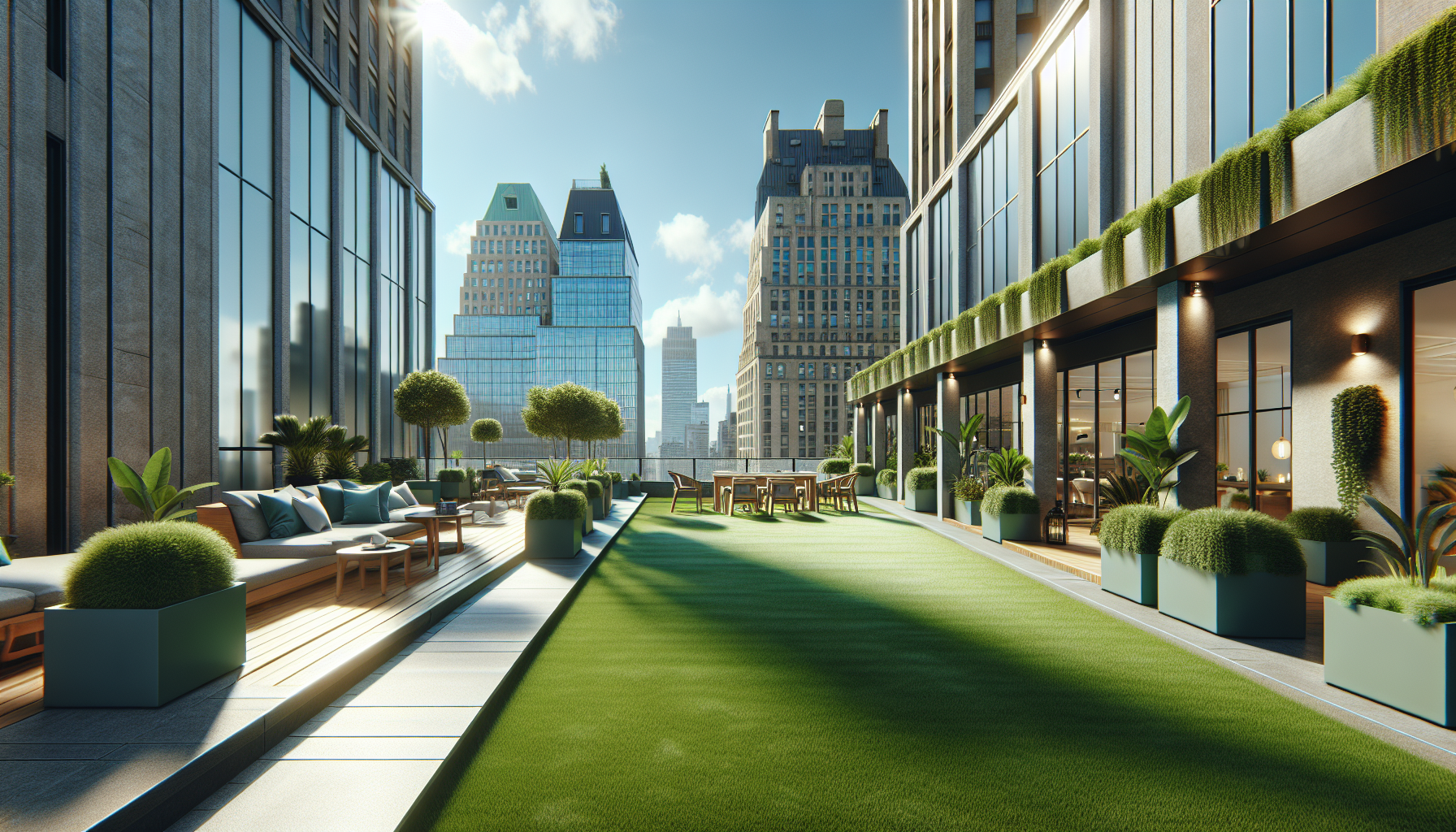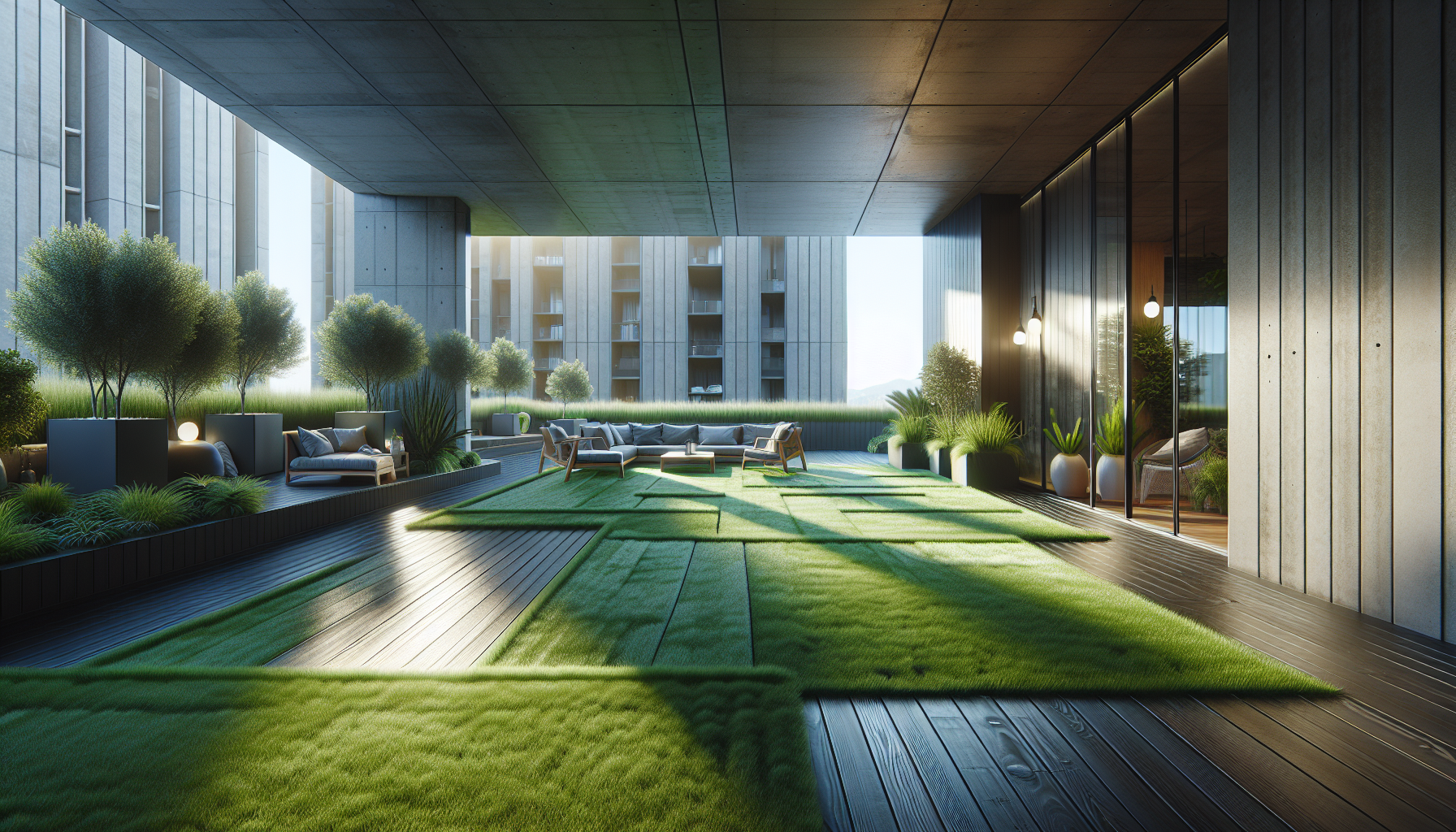
The foundation, also known as the subbase, is the key component underneath artificial grass. This crucial aspect plays a significant role in providing stability and support for the synthetic turf.
A well-prepared and level subbase is essential for the durability and long-term performance of the artificial grass.
When selecting the materials for the synthetic turf foundation, it is important to consider factors such as base material and substrate.
The choice of base material and substrate can have a direct impact on the overall performance and longevity of the artificial grass. Opting for high-quality materials such as base material, substrate, foundation, underlayment, ground preparation, and subbase is crucial for achieving optimal results.
Importance of Base Material in Artificial Grass Installation
The base material plays a crucial role in the successful installation of artificial grass. It plays a vital role in ensuring the longevity and performance of the synthetic turf.
A well-designed base material with proper drainage system can prevent water accumulation, which is detrimental to the turf’s health and can lead to damage and deterioration over time.
A stable and even surface created by using compacted soil or crushed stone is essential to avoid any unevenness or dips in the lawn.
One of the significant benefits of a good base material is its ability to prevent weed growth. By using a weed barrier or fabric, you can ensure a pristine and weed-free lawn. This not only enhances the overall aesthetic appeal but also reduces the maintenance required to keep the artificial grass looking its best by ensuring proper installation, which includes compacted soil, crushed stone, a sand layer, weed barrier, drainage system, and aggregate.

Role of Ground Preparation in Artificial Grass Installation
Proper ground preparation is crucial for the successful installation of artificial grass. It is not only essential for the longevity of synthetic turf but also ensures a visually pleasing outcome.
The initial step in ground preparation entails evaluating the condition of the existing surface, including any necessary repairs or adjustments, and considering the slope and drainage requirements.
Once the area is cleared of vegetation, rocks, or debris, excavation and grading, including leveling the surface, can commence.
This process addresses any drainage issues and ensures a solid foundation for the synthetic turf installation.
Choosing the appropriate base material is crucial for stability and proper thickness.
The use of geotextile, a permeable fabric, can promote proper drainage and prevent the growth of weeds. By integrating a weed barrier, such as geotextile, you can ensure optimal results for leveling, synthetic turf installation, infill material, shock pad, rubber granules, and overall durability.
Proper Ground Preparation for Artificial Grass Installation
- Proper ground preparation ensures the longevity of synthetic turf.
- Thorough evaluation of the existing surface helps identify necessary repairs and adjustments.
- Excavation and grading of the area help address drainage issues and create a solid foundation.
- The use of geotextile as a weed barrier promotes proper drainage and prevents weed growth.
Cruciality of Drainage System Underneath Artificial Grass
A proper drainage system is crucial for maintaining the integrity and longevity of artificial grass. In order to ensure efficient drainage, a solid gravel layer base is essential.
This stable foundation not only provides support for the grass but also facilitates the drainage process.
There are different types of artificial grass bases, including soil stabilization, permeable membranes, and ground covers.
Each gravel layer type has its own characteristics and benefits, but the most suitable base for proper drainage is one that allows water to flow through easily. In addition to the base, the subbase layer also plays a significant role in promoting drainage.
Materials commonly used for creating a subbase include gravel, crushed stone, and sand. Proper compaction and installation of the subbase are crucial for effective drainage. Various drainage systems can be implemented, including a gravel layer for improved stability, soil stabilization techniques, the use of permeable membranes, ground cover, landscape fabric, and weed control methods.
Benefits of Using a Weed Barrier Under Artificial Grass
Using a weed barrier under artificial grass offers numerous benefits. One of the main advantages is improved aesthetics.
A weed barrier, also known as a turf underlayment or artificial grass sublayer, helps maintain a clean and neat appearance by preventing the growth of unsightly weeds or vegetation.
This moisture barrier ensures that your artificial grass looks pristine and well-maintained.
A weed barrier reduces maintenance efforts. With a weed barrier in place, you won’t need to regularly weed your artificial grass area.
This saves you time and effort. It also minimizes the use of herbicides or pesticides, making it an eco-friendly option. Adding a perimeter edging or lawn pad along with the moisture barrier can further enhance the installation of artificial grass.
Contribution of Compacted Soil Layer to Longevity of Artificial Grass
The first sentence is already a complete thought. It serves as the ground preparation layer, providing stability, support, and protection to the synthetic grass.
Proper compaction of the soil layer enhances drainage, preventing the accumulation of water and increasing the lifespan of the artificial grass.
One of the key benefits of a compacted soil layer is its ability to enhance the resilience and durability of the synthetic grass.
It acts as a protective barrier, preventing weed growth, and minimizing the risk of subsidence or unevenness on the surface. By acting as a synthetic grass underlay, the compacted soil layer plays a crucial role in extending the lifespan and improving the overall performance of the artificial grass foundation.
Purpose of Synthetic Turf Underlayment in Artificial Grass Installation
The purpose of synthetic turf underlayment in artificial grass installation is to provide a crucial foundation for a successful and long-lasting project. A proper artificial turf base, which includes the artificial turf subbase and artificial grass pad, is essential as it provides stability and support for the synthetic grass.
The underlayment contributes to a solid foundation by enhancing the artificial turf subbase, improving the longevity and performance of the artificial grass installation.
One of the key advantages of synthetic turf underlayment is its ability to manage water drainage effectively.
It helps prevent puddles and ensures overall surface drainage, which is crucial for keeping the artificial grass healthy. Adequate moisture management is essential for the well-being of the turf, and the underlayment plays a crucial role in ensuring proper drainage and stability, making it an integral part of artificial turf installation and preparation.
Synthetic Turf Underlayment
- Proper artificial turf base, including artificial turf subbase and artificial grass pad, provides stability and support for synthetic grass installation.
- Synthetic turf underlayment enhances the artificial turf subbase, improving the longevity and performance of the artificial grass installation.
- Synthetic turf underlayment effectively manages water drainage, preventing puddles and ensuring overall surface drainage for a healthy artificial grass.
- Adequate moisture management is essential for the well-being of the turf, and the underlayment plays a crucial role in ensuring proper drainage and stability.
Necessity of Moisture Barrier Underneath Artificial Grass
A moisture barrier is vital in the installation of artificial grass as it acts as a protective layer between the turf installation surface and the underlying surface. The necessity of a moisture barrier underneath artificial grass cannot be underestimated as it prevents water damage and addresses drainage issues efficiently.
By acting as a barrier, it effectively prevents water from seeping through the turf installation surface and reaching the turf installation foundation, thus safeguarding it against potential damage over time.
The inclusion of a moisture barrier offers a multitude of benefits.
Notably, it vastly enhances the durability and longevity of the artificial grass by mitigating water-related issues. By effectively preventing water penetration, the moisture barrier ensures the artificial grass remains in optimal condition for an extended period. It contributes to maintaining the appearance and performance of the turf by facilitating proper turf installation layer, turf installation foundation, turf installation preparation, turf installation surface, turf installation support, and turf foundation.
Enhancing Stability with a Gravel Layer
Enhancing stability is a crucial aspect of turf ground preparation, and incorporating a gravel layer can greatly contribute to this goal. A properly installed gravel layer acts as an effective turf drainage system, preventing water accumulation, which can lead to damage and instability.
The use of the right turf aggregate helps improve stability by preventing shifting or sinking of the artificial grass.
The gravel layer also promotes even weight distribution, ensuring a level and well-supported surface.
To achieve optimal results in turf preparation, it is important to carefully consider the size and type of gravel, calculate the correct depth and coverage, and ensure proper compaction and leveling. By following these steps, including turf preparation, turf ground preparation, installing a turf drainage system, using appropriate turf aggregate, ensuring proper turf leveling, and adding a turf shock pad, you can create a stable foundation for your turf, enhancing its longevity.
The Lifespan of Artificial Grass
The Foundation of a Perfect Lawn What Lies Beneath Artificial Grass
